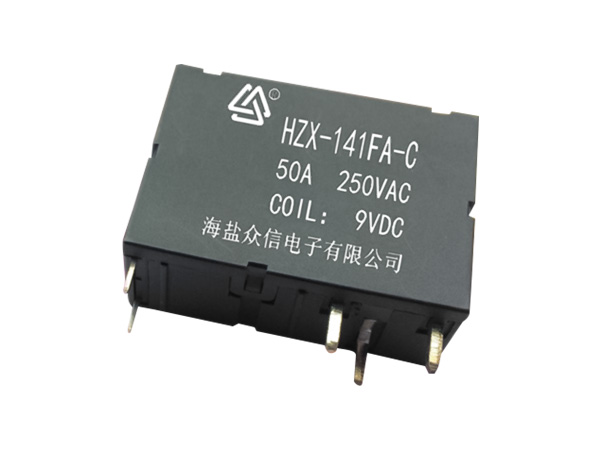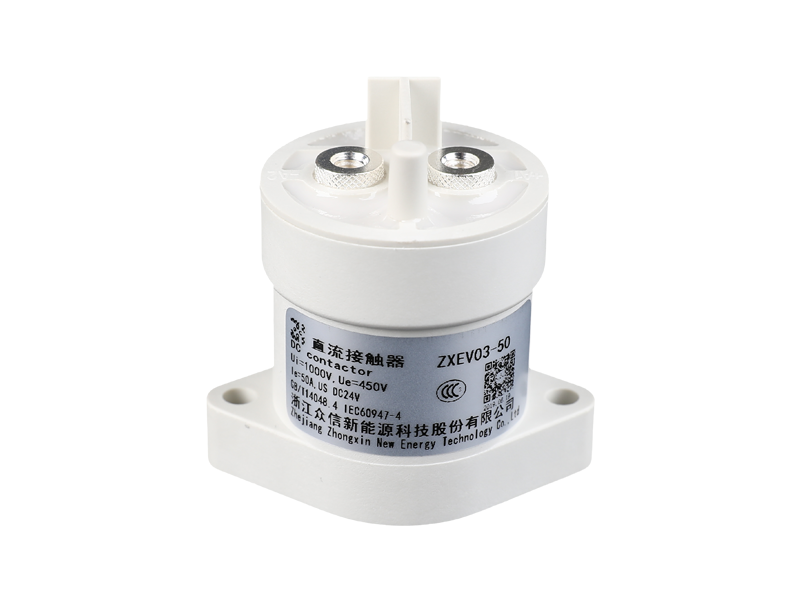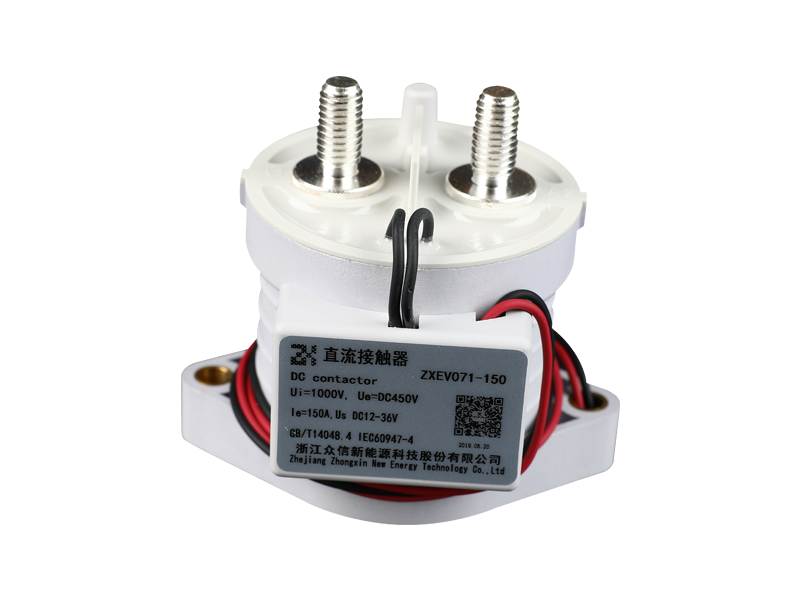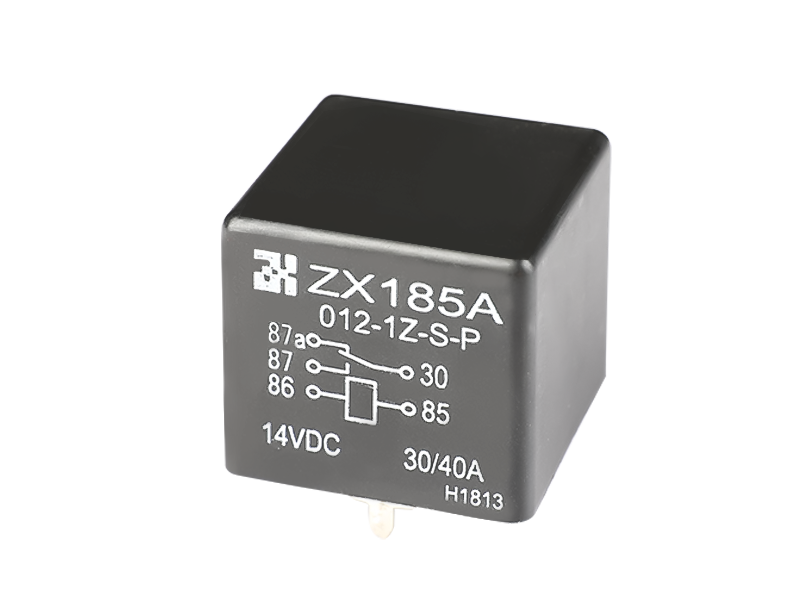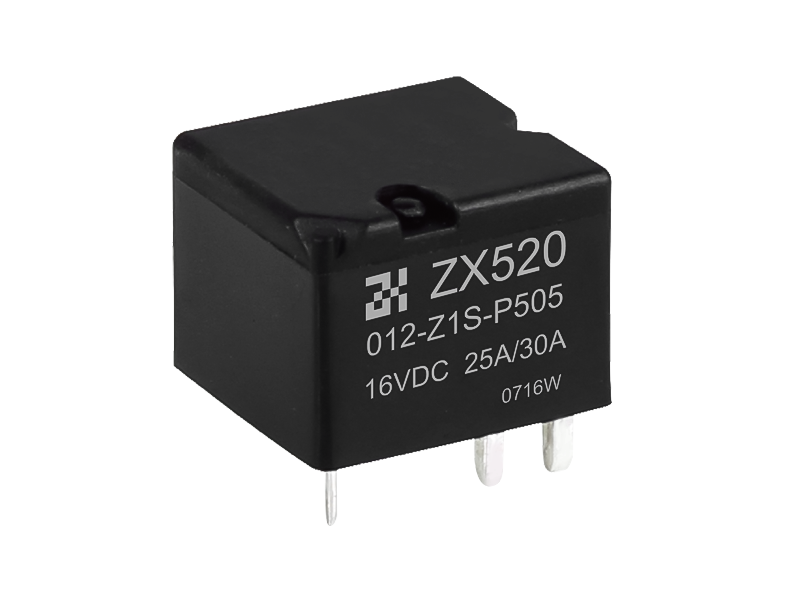Latching relays can be designed to operate using either a magnetic or a mechanical model.

We’ve already touched on the fact that the core difference with latching relays, in comparison to other relay switch types, is their ability to hold and retain a given position indefinitely between 'switching' pulses, without the need for a continuous current input in order to remain in a given position. For this reason, latching relays are also known as 'bistable', 'keep', or "stay" relays.
Other relay types will require continuous current or voltage input while ever they're being asked to remain in a given position - and, once the current is removed, they'll return to their 'default' orientation. This can be a desirable feature in many applications, but often it’s useful to employ a latching relay instead, on the basis that it will move from one position to the other when (and only when) it’s briefly exposed to further pulses of current. A latching relay therefore effectively has no default position.
Again, this can be especially advantageous in scenarios where a higher degree of energy efficiency is of value. This is often the case where the relay is likely to be in fairly constant use, and in particular when it’s frequently being asked to ‘remember’ its position or state (i.e. to switch and hold between two distinct positions without returning automatically to a default open or closed position in between each manual instruction).

